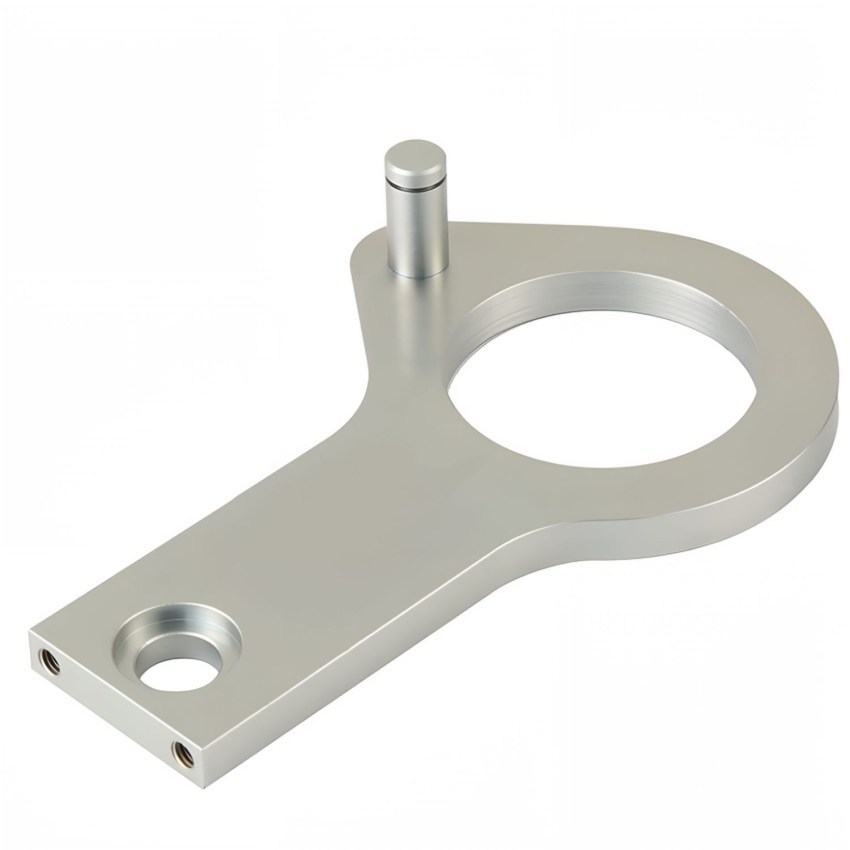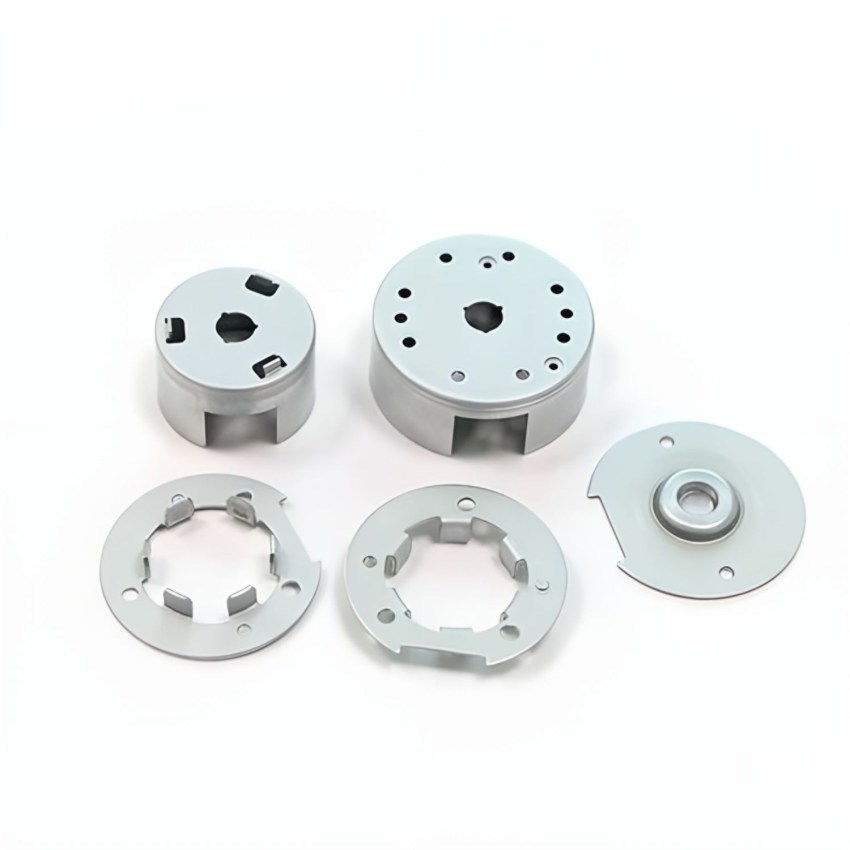Understanding Sheet Metal Processing: A Key Component in Manufacturing
Release time:
2025-03-26
Sheet metal processing is an integral part of modern manufacturing, particularly in mechanical hardware and fabrication. This versatile technique involves shaping and manipulating metal sheets into various forms and structures, offering an array of possibilities for industries ranging from automotive to aerospace. Understanding the basics of sheet metal processing is crucial for anyone involved in

Sheet metal processing is an integral part of modern manufacturing, particularly in mechanical hardware and fabrication. This versatile technique involves shaping and manipulating metal sheets into various forms and structures, offering an array of possibilities for industries ranging from automotive to aerospace. Understanding the basics of sheet metal processing is crucial for anyone involved in manufacturing, as it enhances product efficiency, durability, and cost-effectiveness.
At its core, sheet metal processing encompasses several techniques, including cutting, bending, stamping, and welding. These processes can turn flat sheets of metal into complex components used in machinery, enclosures, and even decorative elements. The choice of method often depends on the material properties and the specific requirements of the final product.
One of the most common methods in sheet metal processing is cutting. This can be achieved through various means such as laser cutting, water jet cutting, or traditional shearing methods. Laser cutting, for example, provides precision and efficiency, making it ideal for intricate designs and tight tolerances. Water jet cutting, on the other hand, is excellent for thicker materials without introducing heat, which could alter the metal's properties.
Bending is another pivotal process in sheet metal fabrication. This involves deforming the flat sheet into a desired angle or shape, often using techniques such as press braking. The ability to accurately bend sheet metal is crucial for creating parts that fit together seamlessly, ensuring the structural integrity of the final assembly.
Stamping is also a significant aspect of sheet metal processing, where a die is used to shape the metal into specific forms. This method is particularly useful for high-volume production, as it allows for rapid and consistent part creation. Stamping can accommodate various designs, making it a favorite for producing components like brackets or panels.
Welding, meanwhile, is essential for joining multiple pieces of sheet metal. Techniques such as TIG (Tungsten Inert Gas) and MIG (Metal Inert Gas) welding are commonly used, offering different advantages depending on the thickness and type of metal being worked with. Understanding the appropriate welding technique is vital for ensuring strong, reliable joints.
In conclusion, sheet metal processing is a vital component in the manufacturing landscape. By mastering its techniques—cutting, bending, stamping, and welding—businesses can create high-quality, durable components that meet the demands of various industries. As manufacturing continues to evolve, the importance of efficient and innovative sheet metal processing techniques will remain a cornerstone of success in mechanical hardware and beyond.
At its core, sheet metal processing encompasses several techniques, including cutting, bending, stamping, and welding. These processes can turn flat sheets of metal into complex components used in machinery, enclosures, and even decorative elements. The choice of method often depends on the material properties and the specific requirements of the final product.
One of the most common methods in sheet metal processing is cutting. This can be achieved through various means such as laser cutting, water jet cutting, or traditional shearing methods. Laser cutting, for example, provides precision and efficiency, making it ideal for intricate designs and tight tolerances. Water jet cutting, on the other hand, is excellent for thicker materials without introducing heat, which could alter the metal's properties.
Bending is another pivotal process in sheet metal fabrication. This involves deforming the flat sheet into a desired angle or shape, often using techniques such as press braking. The ability to accurately bend sheet metal is crucial for creating parts that fit together seamlessly, ensuring the structural integrity of the final assembly.
Stamping is also a significant aspect of sheet metal processing, where a die is used to shape the metal into specific forms. This method is particularly useful for high-volume production, as it allows for rapid and consistent part creation. Stamping can accommodate various designs, making it a favorite for producing components like brackets or panels.
Welding, meanwhile, is essential for joining multiple pieces of sheet metal. Techniques such as TIG (Tungsten Inert Gas) and MIG (Metal Inert Gas) welding are commonly used, offering different advantages depending on the thickness and type of metal being worked with. Understanding the appropriate welding technique is vital for ensuring strong, reliable joints.
In conclusion, sheet metal processing is a vital component in the manufacturing landscape. By mastering its techniques—cutting, bending, stamping, and welding—businesses can create high-quality, durable components that meet the demands of various industries. As manufacturing continues to evolve, the importance of efficient and innovative sheet metal processing techniques will remain a cornerstone of success in mechanical hardware and beyond.
Key words:




